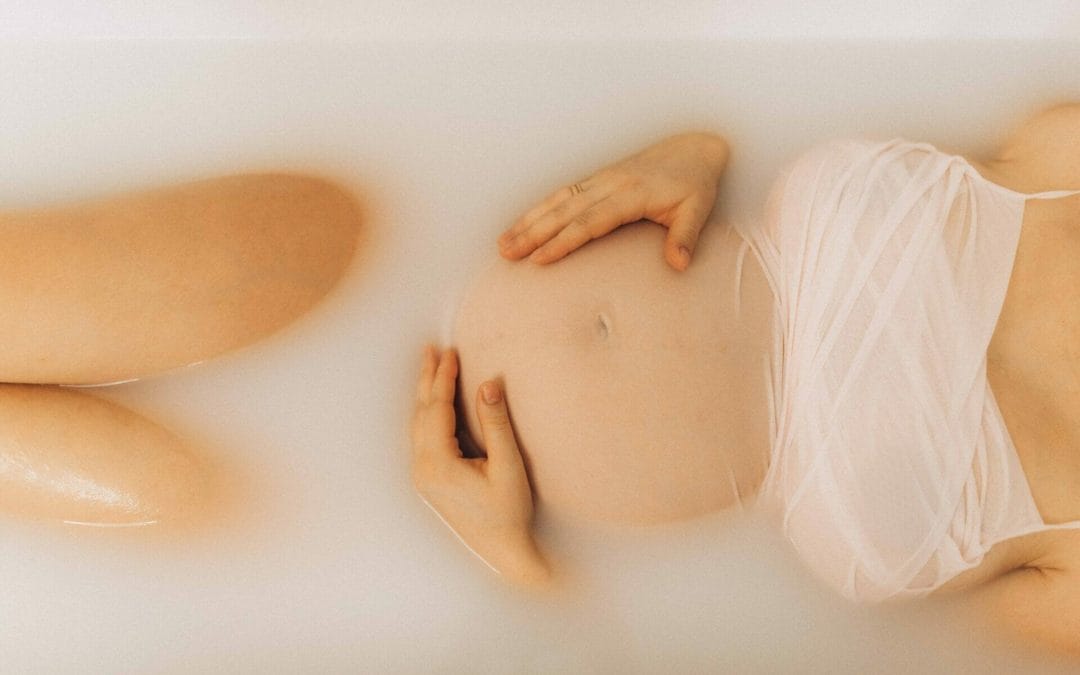A water birth is when women give birth in a tub of warm water. The theory is that since the baby has been floating in a water-like environment for nine months that giving birth to them in water will be gentler and less stressful on both mother and baby. A water birth can consist of the mother laboring in the water, then exiting for the birth, or she can choose to stay in the tub for the delivery, whatever she feels the most comfortable with.
Benefits Of Water Birth
For the mother:
-
A comfortable, relaxing environment
-
Increased energy
-
Easier movement due to buoyancy
-
Better blood circulation, more efficient contractions and less pain for the mother while providing more oxygen for the baby
-
Lowers blood pressure caused by anxiety
-
Helps to increase the release of body’s natural endorphins to lessen pain
-
Makes the perineum more elastic, meaning less chance of tearing or need for an episiotomy
-
Creates sense of privacy and helps to alleviate fears and anxiety
For the baby:
-
Lets the baby be born in an environment that they are accustomed to
-
Lowers stress in relation to the birthing process, making for a healthier baby
Risks Associated With Water Birth
There hasn’t been much research in regards to the risks of water births; however the studies that have been conducted show a similar risk associate with water births as conventional births. The main concern is a risk of water aspiration if the baby takes a breath too soon. This is pretty unlikely to happen, as babies do not breathe on their own until they are exposed to air or if the cord is cut. As long as caution is taken in removing the baby from the water to ensure that the umbilical cord is not damaged this is an unlikely occurrence.
When Not To Have A Water Birth
It is best if you don’t have a water birth if:
-
You have herpes – this can transfer easily in water to the baby.
-
Your baby is in a breech position – while breech water births have occurred before, this is something you will want to cover with your health care practitioner.
-
You have been diagnosed with excessive bleeding or maternal infection.
-
You are having twins or multiples – it is still possible to have a water birth, but you should discuss this with your health care practitioner to see if will work in your situation.
-
You are expecting a preterm baby
-
There is a large amount of meconium – this can cause lung infection if breathed in by the baby. If meconium is mixing with the bath water then you will likely have to exit the tub for the birth.
-
You have toxemia or preeclampsia – again this is something to discuss with your health care provider.
Getting Ready For A Water Birth
Here are a few pointers on how to prepare for a water birth:
-
Ask your health care provider if they have a water birthing tub, or if they know where you can find one.
-
Make sure that the location where you are giving birth (hospital, birthing center) is open to a water birth.
-
It is possible to rent a birthing tub for about $350. Check to see if your insurance company will reimburse you for the rental.
-
Find out if birth centers in your area are equipped to provide water births.

